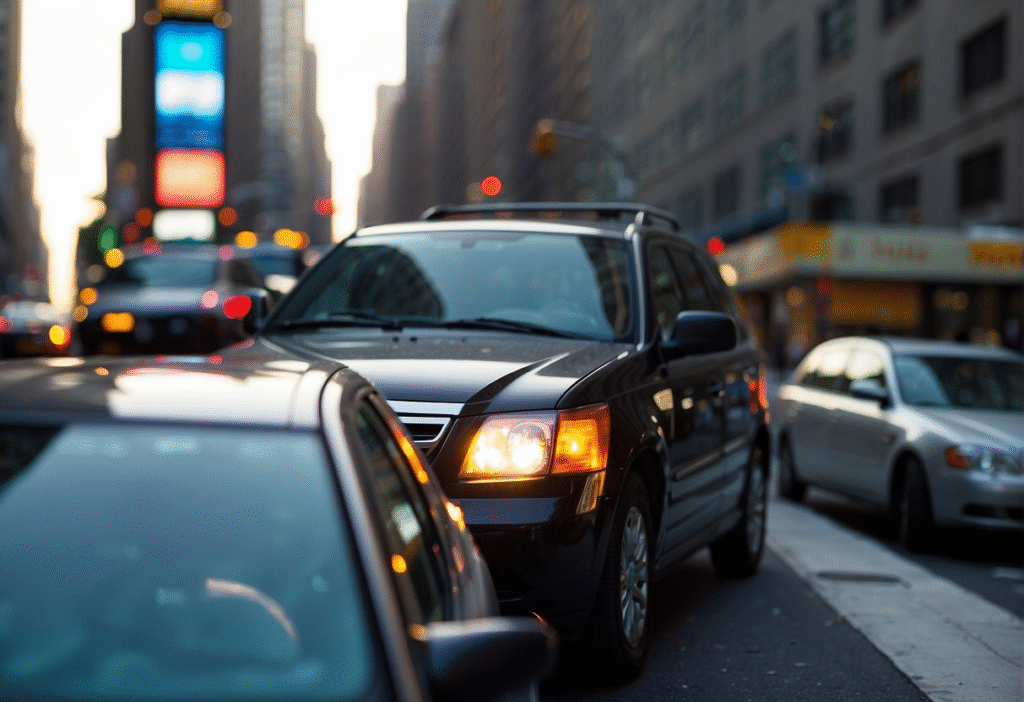
Navigating New York Car Insurance: A Comprehensive Guide
Driving in New York, whether it’s the bustling streets of Manhattan or the scenic routes of upstate, comes with a unique set of considerations – and car insurance is no exception. Understanding the state’s specific requirements, how rates are determined, and available options is crucial for every New York driver.
New York operates under a “No-Fault” insurance system, often referred to as Personal Injury Protection (PIP). This means that in the event of an accident, your own insurance company will generally cover your medical expenses, lost wages, and other reasonable costs, regardless of who was at fault. The aim of this system is to expedite compensation and reduce the need for lengthy lawsuits.
Mandatory Coverage in New York
- Driving Record: A clean driving record with no accidents or violations will typically result in lower rates. Accidents and tickets can significantly increase your premiums for several years.
- Vehicle Make and Model: More expensive, high-performance, or frequently stolen vehicles generally cost more to insure due to higher repair or replacement costs.
- Location (ZIP Code): Urban areas with higher traffic density, crime rates, and accident statistics often have higher insurance rates than rural areas.
- Age and Experience: Younger, less experienced drivers (especially those under 25) and older drivers (over 70) often face higher premiums due to perceived higher risk.
- Annual Mileage: The more you drive, the higher your risk of an accident, which can impact your rates.
- Credit Score (where permitted): In some cases, a higher credit score can indicate a lower risk and lead to better rates.
- Coverage Limits and Deductibles: Choosing higher liability limits and lower deductibles will increase your premium, as the insurer takes on more financial risk.
- Claims History: A history of filing claims, even for comprehensive or collision incidents, can influence your rates.
- Insurance Provider: Rates can vary significantly between different insurance companies for the exact same coverage.
Optional (But Highly Recommended) Coverages
- Collision Coverage: Pays for damages to your vehicle resulting from a collision with another vehicle or object, regardless of fault.
- Comprehensive Coverage: Covers damages to your vehicle caused by events other than a collision, such as theft, vandalism, fire, falling objects, or natural disasters.
- Underinsured Motorist (UIM) Coverage / Supplementary Underinsured Motorist (SUM): This is often offered in conjunction with UM coverage. It protects you if you’re injured by a driver who has insurance, but their policy limits are insufficient to cover your full damages. In New York, your SUM coverage amount generally must match your bodily injury liability amount.
- Increased Liability Limits: Many drivers opt for higher liability limits (e.g., $50,000/$100,000, $100,000/$300,000, or even higher) to better protect their assets in case of a serious accident.
- Additional PIP Benefits (OBEL – Optional Basic Economic Loss): You can often increase your No-Fault coverage beyond the basic $50,000. OBEL adds another $25,000 that can be specifically designated for lost earnings or rehabilitation.
- Gap Coverage: Useful if you have a car loan or lease. It covers the difference between your car’s actual cash value and the amount you still owe on the loan if your car is totaled.
- Towing & Labor Coverage: Helps cover the cost of roadside assistance, towing, and labor charges if your vehicle breaks down or is involved in an accident.
- Rental Car Reimbursement: Covers the cost of a rental car while your vehicle is being repaired after a covered accident.